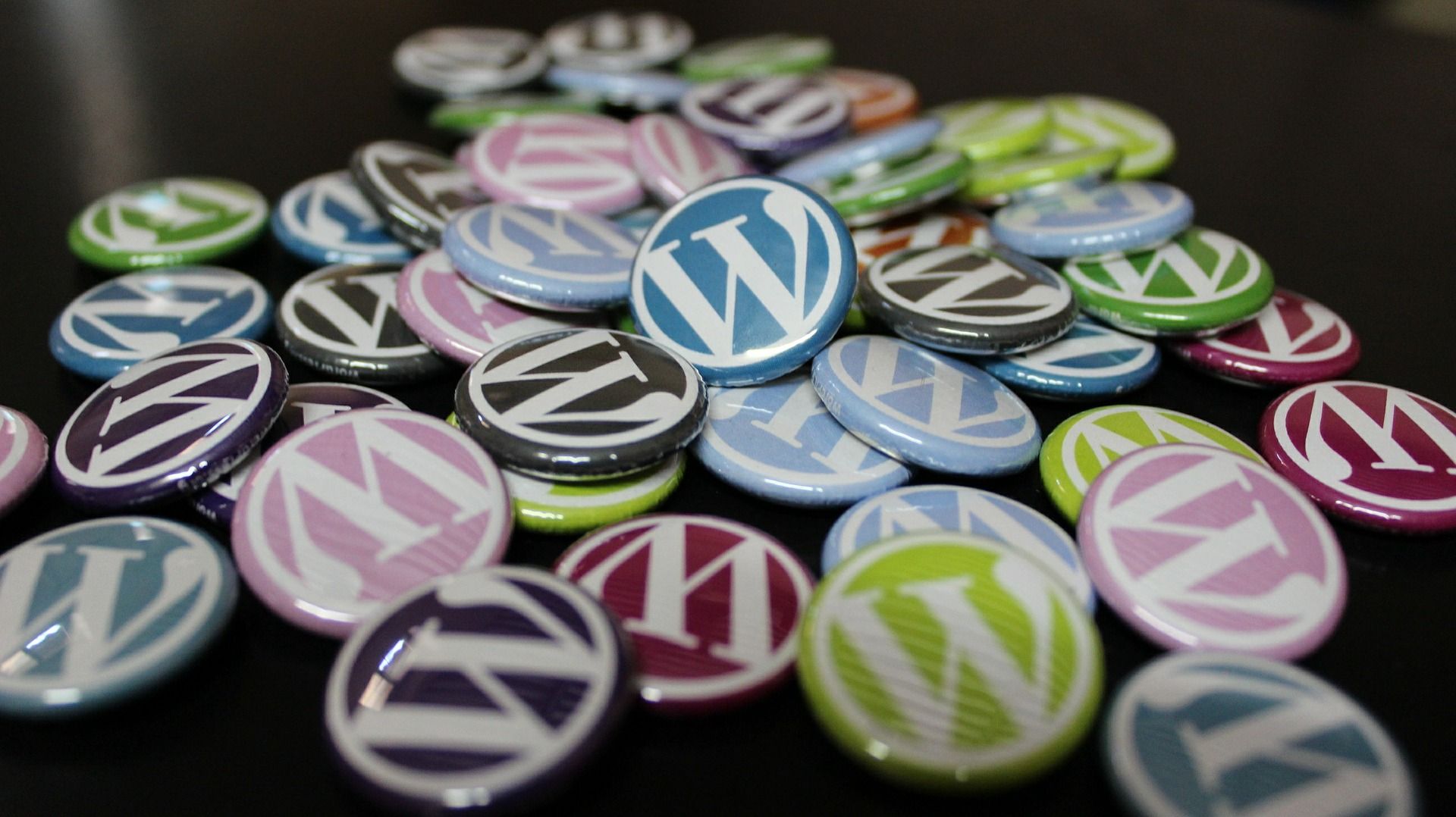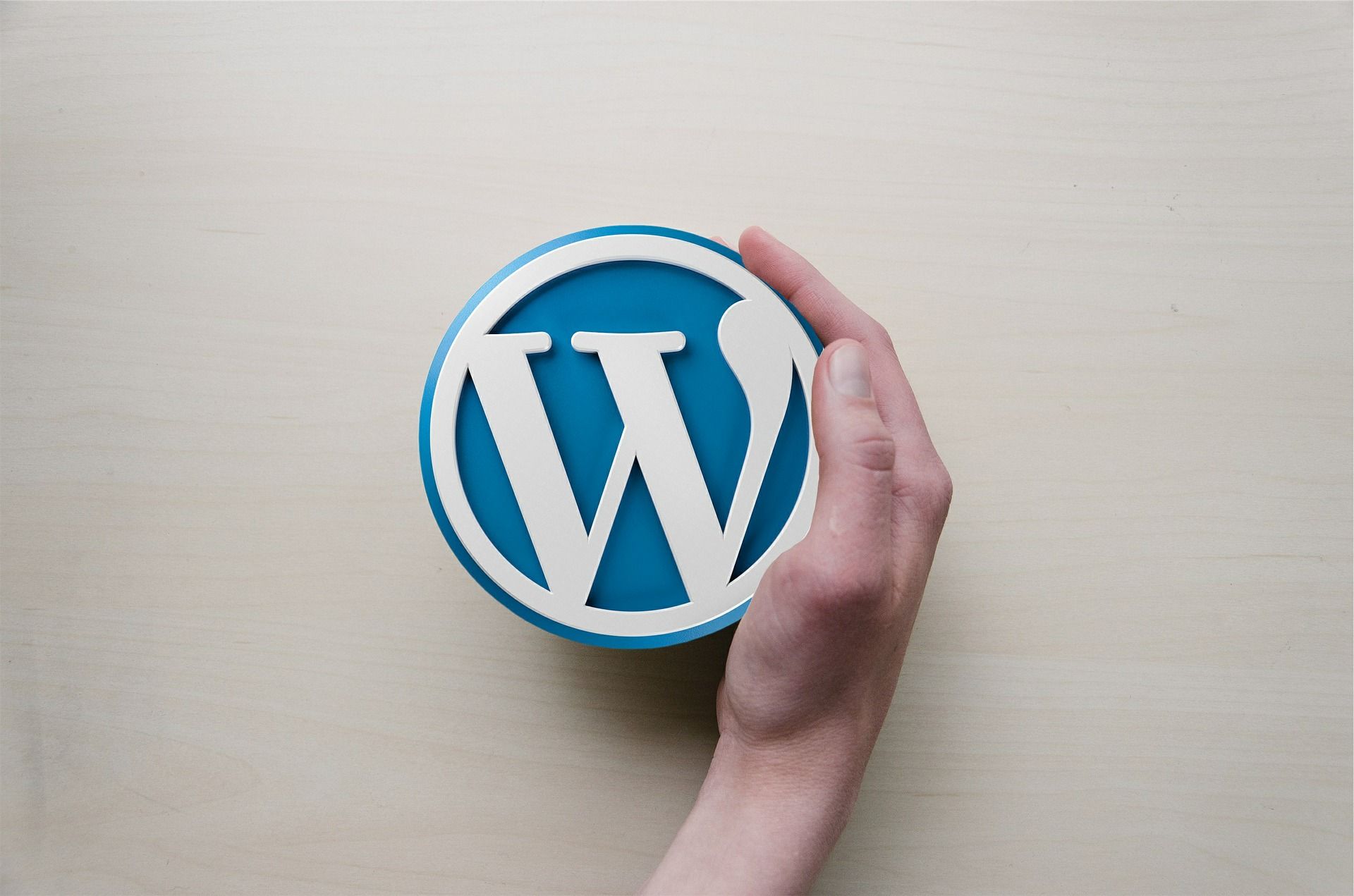This article will discuss how to start a blog with WordPress. WordPress is the world’s most popular blogging software and content management system in the world.
If you need an introduction, you can learn all about the basics of WordPress in my previous article here.
In this post, we will discuss:
- Blogging basics
- Why you should choose WordPress
- Starting a blog for free with WordPress.com
- Starting a self-hosted blog with WordPress.org
Before discussing the steps to use WordPress to create a blog, I will start by taking time to explain the basics of blogging.

What is a blog and why should you start one?
A blog is a discussion or informational website published on the internet. Blogs can be funny, informational, or inspiring and can be published for highly targeted and niche audiences or a broader array of readers (like freeCodeCamp.org/news).
A blog (a truncation of "weblog") is a discussion or informational website published on the internet consisting of discrete, often informal diary-style text entries (posts). - Wikipedia
If you are looking to start a blog (and I was once in your shoes) there are a few reasons that might be motivating you:
- It’s fun and educational.
- You are super passionate about a topic and want to share your thoughts with readers about it.
- You want to use your blog as a website to generate money.
When I created my first blog it was a mix of wanting to share my perspective on a topic and learn more about publishing online (I was 13 and created a blog on GeoCities about video game cheat codes).
That experience has led me to create dozens of websites and now I create websites primarily with WordPress.
The current environment also serves as a catalyst to start a blog. People have more time at home, are reconsidering careers, thinking about pursing graduate school, and learning new programming languages in completely new and unexpected trends.
With the massive rise in working from home, people have had more time to devote to side projects and entrepreneurship. I expect that most people who are starting blogs today are doing so either because they have more time without a commute or they are taking the path of entrepreneurship as the world changes.
Getting started on a new venture has never been easier with a platform like WordPress. Companies like SuperHuman and EarlyBird are able to set-up simple websites that collect pre-registrations. A CMS like WordPress will allow you to start small and expand the capabilities of your website easily over time.
From small ideas to full digital transformation of your business, WordPress comes packed with power to achieve your dreams. No matter how small your idea, it’s easy to get started with WordPress.
Why should you choose WordPress?
WordPress is the most popular blogging software and content management system in the world. It currently powers about half a billion websites.
39% of the web is built on WordPress. More bloggers, small businesses, and Fortune 500 companies use WordPress than all other options combined. Join the millions of people that call WordPress.com home. -WordPress.com
If you are looking for blogging software, WordPress is an obvious choice with 60% of the market.
You have probably heard about or looked at other content managements like Joomla, Drupal, Squarespace, Shopify, and Wix. These content management systems offer great products, but here are 3 reasons to choose WordPress.
- 500+ sites are built each day using WordPress while only 60-80 per day are built on platform like Shopify and Squarespace
- You can get started for free.
- WordPress has an incredible developer ecosystem and you can build your web development skills quickly with WordPress.
So if I’ve convinced you to use WordPress, let’s discuss how to actually get started.
 Starting a blog with WordPress.org.
Starting a blog with WordPress.org.
How to start a WordPress blog for free on WordPress.com
Most people choose to use WordPress.org to create a self-hosted website. More on that below. But you can get started for free by signing up at WordPress.com. You can learn more about the differences between WordPress.com and WordPress.org at WPBeginner.
The free WordPress.com platform is a good choice to get started with WordPress. It is very user friendly and you will not have to worry about updates or backups. It’s free for up to 3GB of storage space. Beyond 3GB you will have to pay for more space.
WordPress.com’s free blogging platform will allow you to quickly get started.
Get started here and enter your email, username, and password.
Once you are setup, you will see the WordPress admin backend. Here you can edit your site's contents, select a Theme, and review your site's stats.
WordPress.com dashboard for a free prototype of a website I built.
After customizing your site with easy-to-use visual editing tools, you are all set up to start publishing posts and sharing your content with the world!
The free platform available on WordPress.com is very much freemium and is designed to get you to upgrade to a paid plan. It is a great way to start playing around with the tool and get familiar with adding pages, posts, and editing content.
All free sites are given a domain name of {something).wordpress.com. You can upgrade your plan to select your own domain name or transfer it from another service if you already own one.
The real power of WordPress is unlocked with a self-hosted version.
How to start a self-hosted blog with WordPress.org
WordPress.org allows you to create a fully-functioning website with the same features as WordPress.com and no restrictions. WordPress.org is open-source and 100% free for anyone to use, but you will need to pay for two things before getting started.
To get started self-hosting your WordPress, websites you will need three things:
- A domain name
- A hosting provider
- A willingness to learn (that’s why you’re on freeCodeCamp!)
You can purchase a domain name from a variety of registrars like NameCheap, Bluehost, and GoDaddy. Domains cost about $20 per year.
There are hundreds of hosting providers to choose from. It is easy to choose the same host as your registrar like Bluehost or GoDaddy. Recently, there has been a rise in WordPress-specific hosts like Kinsta that specialize in WordPress.
Once you have your shiny new domain name and hosting provider, you need to install WordPress. Your host will help you do this.
For the advanced developers, you can install WordPress on your own server to have total control over your WordPress installation for better speed and security control.
When installing WordPress, you will usually need to provide some basic site and user information:
- Site title (easily changed later)
- Site tagline (easily changed later)
- Admin username (can not be changed, pick something secure)
- Admin password
- Admin email
When WordPress has been successfully installed on your website, you can access the backend at yourdomain.com/wp-admin. Enter in the login information you provided and you'll be taken to the new admin dashboard of your very own website!
Via What Is the WordPress Admin Dashboard?
WordPress comes pre-installed with a theme (which is updated every year) and usually some demo content like a Sample Post and a Sample Page. This content is already available at your domain.
The next steps after successfully accessing the admin dashboard should be to add your customizations to the site. Start with a Theme and then edit your Pages and Posts.
How to choose and install themes
Themes are a fundamental part of WordPress. A WordPress Theme is a collection of files that work together to produce a graphical interface with an underlying unifying design for a website. They are the look and feel of your website.
Themes can be endlessly customized, but starting with a great theme will make your life very easy. You can select from thousands of themes available on ThemeForest and WordPress.org.
Themes can be easily installed by uploading a zip file into the Wordpress dashboard. Changing the look of your website is as simple as clicking "activate" on the newly installed theme.
After adding some style to your WordPress website, it’s time to add your content.
How to add Pages and Posts to your Wordpress site
Pages and Posts make up the majority of your site’s content. Pages are your webpages like your homepage, about page, contact us, and so on. Posts are the more frequently updated “blogs” that can be constantly added and organized under WordPress Categories.
Whatever you need your WordPress blog to be, it all starts with the content.
Whether it is a simple landing page to collect emails like Superhuman, a publishing superpower like TechCrunch, the official site of Sweden, a financial comparison website, or The Official Star Wars Blog (all of these are WP websites), people want to see your content! So get started by adding pages and posts.

Wrapping it all up
WordPress is one of the most popular software platforms in the world.
It is easy to set up and is endlessly customizable, making it a great choice for starting your own blog and website. Your web development skills will grow with your content and ideas as you get them out into the world.
Whether you use the free WordPress.com or a self-hosted version, WordPress is a great tool to use. So go get started!

